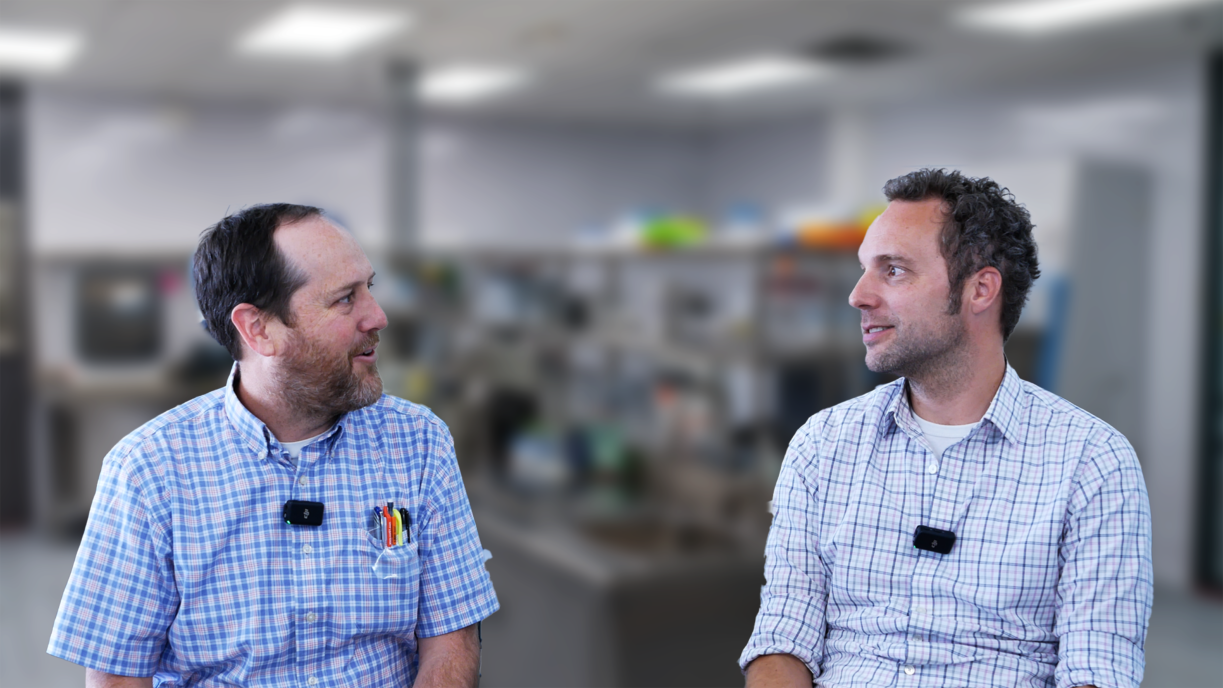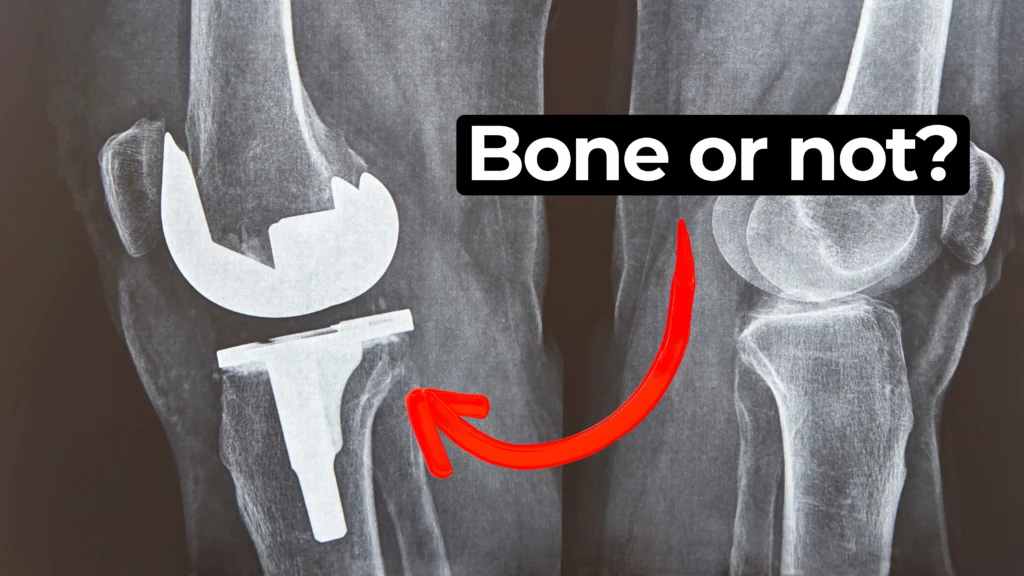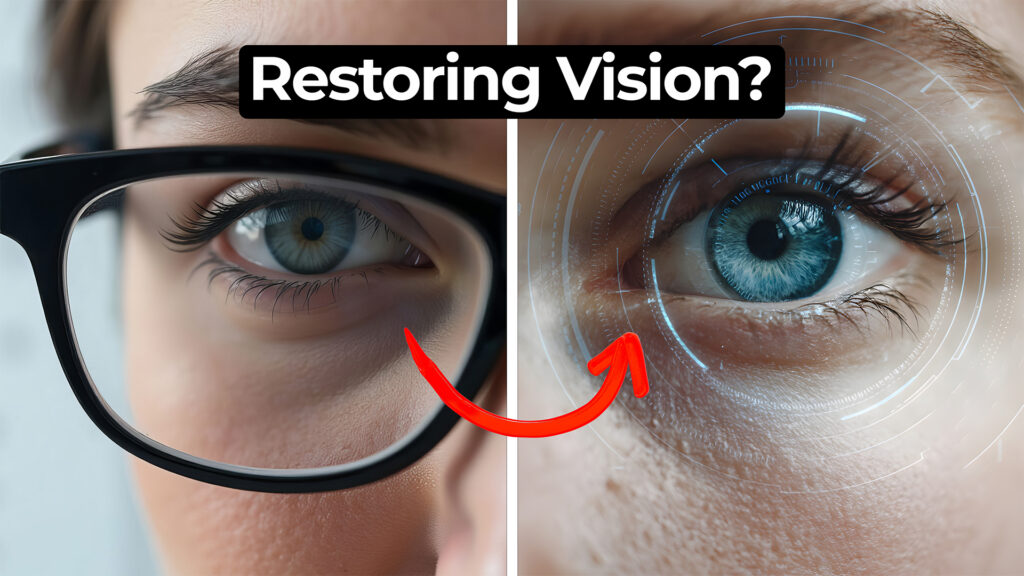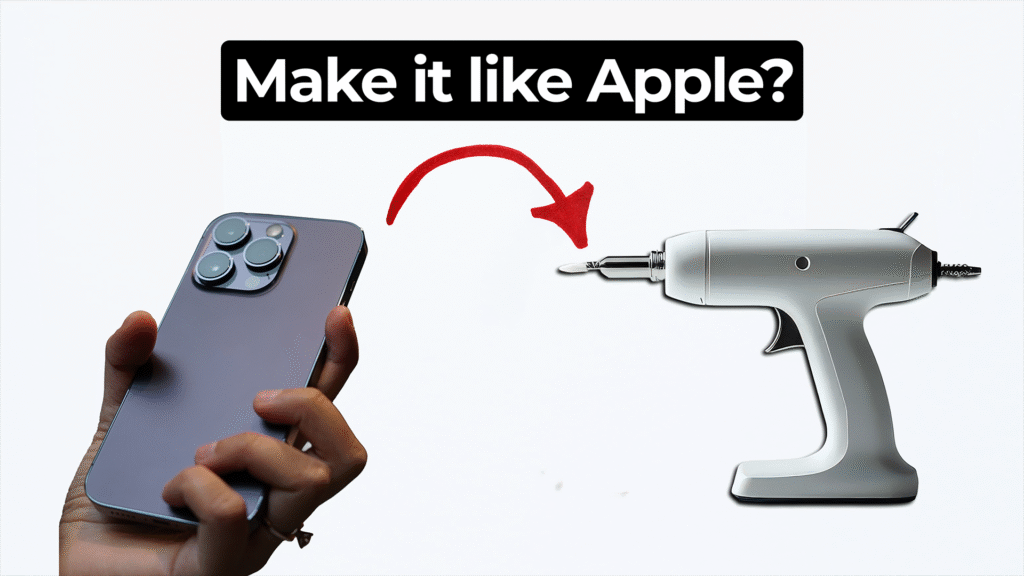
Bio Break: How Ablation Technology Is Transforming Surgery
In this episode of Bio Break, Nick Allan and Joris van der Heijden dive into one of the most impactful trends in modern medtech: minimally invasive surgery. Ablation technology plays a crucial role as hospitals and healthcare providers aim to reduce patient recovery times and overall system strain. Technologies like ablation have emerged as a powerful tool for treating conditions once requiring intensive surgeries.
Joris explains how ablation enables tissue removal without the need for large incisions. Whether it’s chemical, electrical, or thermal ablation, these methods allow clinicians to precisely target and destroy problematic tissues. The result? Less time in the hospital, faster healing, and a more comfortable experience for patients. Nick shares that while he once expected such treatments to be reserved for serious operations, technologies like ablation are now being used in areas like tumor removal, pain management, and cardiac arrhythmia treatment.
The two highlight how a flexible catheter can navigate the body to reach affected tissue sites without opening up the patient. From chronic back pain to small tumor removal, ablation technology delivers precise, targeted therapy with far fewer complications than traditional surgical procedures.
But with all its benefits, ablation isn’t without its limitations. Because the body isn’t fully opened up, visibility is limited—requiring more sophisticated imaging technologies to guide the process. As Joris points out, this often restricts the procedure to larger clinical centers, but the benefits to both patients and the healthcare system are still profound.
Whether you’re a developer of medical technologies, a healthcare provider, or simply curious about how next-gen surgical tools are reshaping patient care, this episode covers the significance of ablation technology and offers an informative and approachable look at a high-impact innovation.
Related Resources

In this episode of MedDevice by Design, Ariana and Mark dive into the biomechanics and materials science behind osseointegration for implants.

Nick and Nigel dive into the world of jet injector drug delivery. This needle-free method, made popular in science fiction and real-world vaccines, is still used today.

Ariana and Mark explore how accommodative intraocular lens technology may one day restore natural vision for people who require cataract surgery or suffer from presbyopia. As Mark shares, traditional bifocals are not ideal, and new lens solutions may offer better outcomes.

Many clients now request their devices to look and feel like Apple products. But achieving that level of simplicity and elegance is not as easy as it seems.